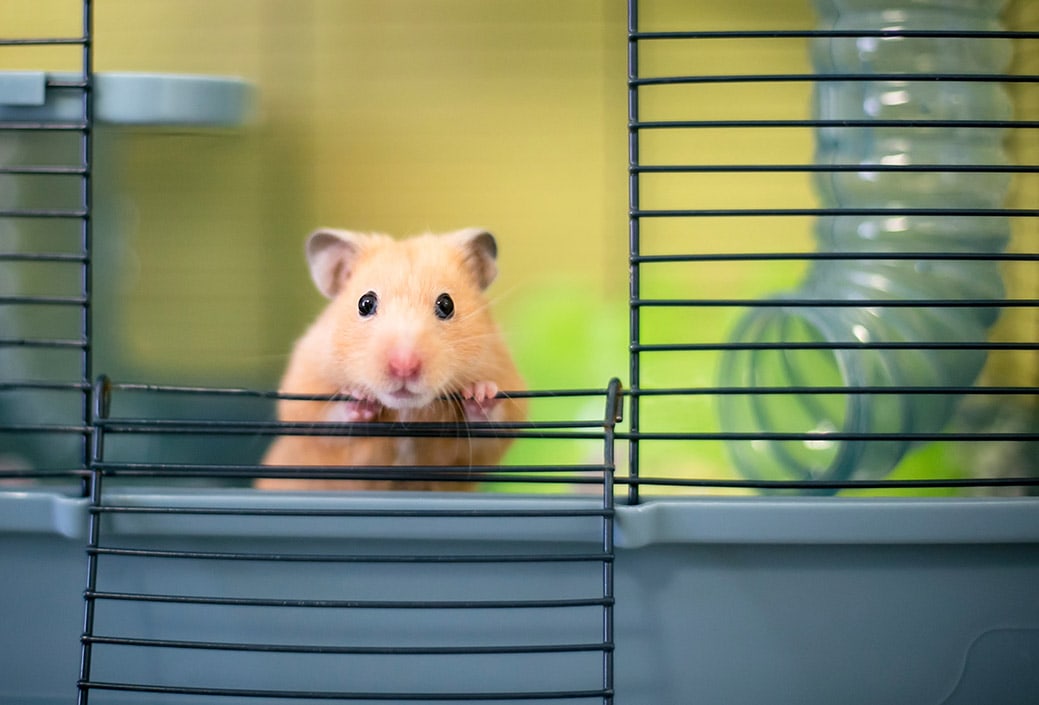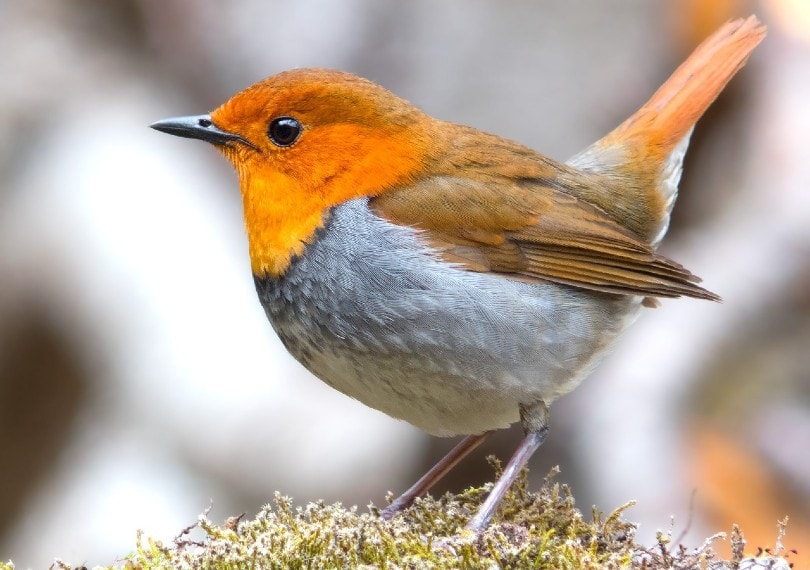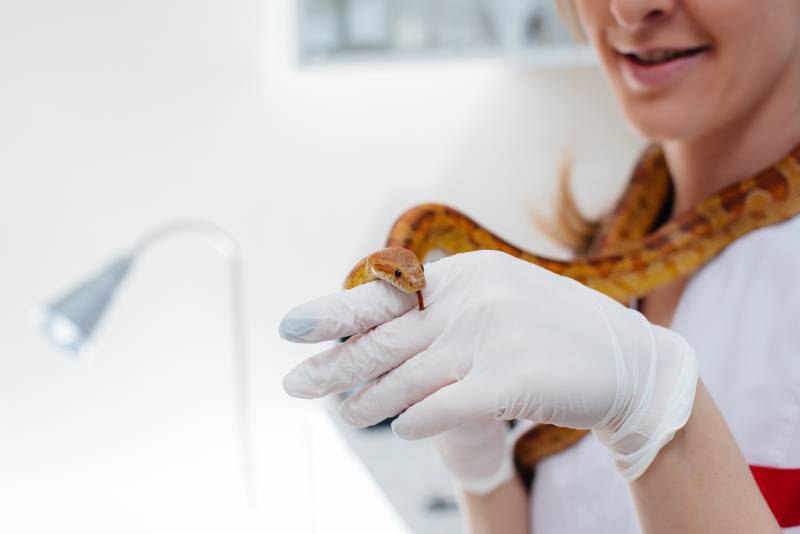Hamsters are incredibly popular pets. They are easy to care for and take up minimal room, and with regular handling, they can be amicable little buddies. Although particular care does need to be taken, especially at first, they can also make good pets for children.
Numerous breeds of hamsters exist, each with its own characteristics and traits. There’s the tiny dwarf hamster, the large Syrian, and the shy Campbell’s Dwarf Russian hamster.
But which is the friendliest hamster, and does its friendliness make it the best option as a family pet or a companion for kids? The Syrian hamster is usually considered to be one of the friendliest breeds. Keep reading for more details on this hamster and other breeds that can be good pets.
 The Syrian Hamster
The Syrian Hamster

Everybody’s experience with hamsters is a little different. This means while the Syrian hamster is widely considered the friendliest breed, there will be those who have had a negative experience with it and those who have had other breeds of hamster that were also friendly and made great pets.
The Syrian is the largest breed, so it can be more easily handled by people because of its size. It’s also referred to as the teddy bear hamster because it has the cute appearance of a child’s cuddly toy and is receptive to being hugged and held by its humans.
In addition to being easy to handle, the Syrian hamster is not known to be a regular biter and is considered good for children. This means that families can own this hamster without running the risk of nipped fingers.
 About Hamsters
About Hamsters
Hamsters are small rodents that are often the first pets of young children. They live up to 2 years, though they can live a little longer in some cases. They are nocturnal, which means they are active at night.
Some species, like the Russian dwarf hamster, live in groups, whereas the Syrian hamster is something of a loner, and a single adult will usually live in a burrow on its own. When keeping pet hamsters, it is best to try and replicate these familial groups, so if you want multiple hamsters in a single community, you should consider a breed like the Russian dwarf. If you only have the inclination for a single dwarf, this is another good reason to opt for the Syrian.
Hamster Handling Tips
Although the species of hamster can dictate how friendly it is, other factors are more important. For example, the more often you handle a hamster, the more comfortable it will be being held. So, get your hamster out of the cage, and spend some quality time with it if you want to raise a well-adjusted and friendly little rodent.
- Wash your hands before handling a hamster. Hamsters use their sense of smell to detect possible threats and to identify possible food sources. If your hamster can smell your cat on you or it can smell something that it believes to be food, it could bite you as a means of identifying the smell.
- Let your pet wake up properly before reaching in and grabbing it. Waking a hamster can cause them to be scared, and this is a sure reason for a bite.
- When you reach in, place your hand flat on the bottom of the cage for a short time. This indicates that you are not a threat and should hopefully prevent your hamster from seeing you as such.
- Let your little one come to you. If you lean over your hamster and grab at it in a pincer-like movement, you will seem like a predator, and a hamster’s natural defense is to bite at predators in a bid to get them off.
- The first time you pick your hamster up, leave your hand and the hamster in the cage. A hamster’s other natural defense is to turn when startled. If your hand is out of the cage and several feet from the floor, this can cause serious injury to your pet.
- You can use positive reinforcement to train a hamster to be more relaxed on your hand. The first few times it gets on your hand, reward it with a treat that it enjoys. After enough handling sessions, the hamster will associate your hand with the positive experience of being given a small treat and will look forward to being picked up.
- Keep animals and even young children away from the hamster at first. Dogs and cats can get excited and are usually intrigued by the small animal running around on your hand. If the hamster gets scared, it could bite you or attempt to jump off your hand and end up injuring itself. Leave any introductions until much further into the relationship.
- Take things slowly. Once your hammie is comfortable being picked up and sitting in your hand a few centimeters off the cage floor, you can start to take it out of the cage but maintain a relaxed hold while ensuring that your pet won’t get hurt if it decides to jump and make a run for freedom.
- More about that here: How to Hold a Hamster Correctly
How to Pick a Friendly Hamster
Besides looking for a Syrian hamster, you can take steps to help ensure that you pick a friendly hamster. Check that it’s healthy because an unhealthy hamster is more likely to feel threatened and like it needs to defend itself by biting. While a degree of healthy caution is perfectly normal in a small animal like a hamster, if one scurries away at the first sign of noise or as soon as you get near the cage, this could mean that it will take a lot more effort to tame, even with time.
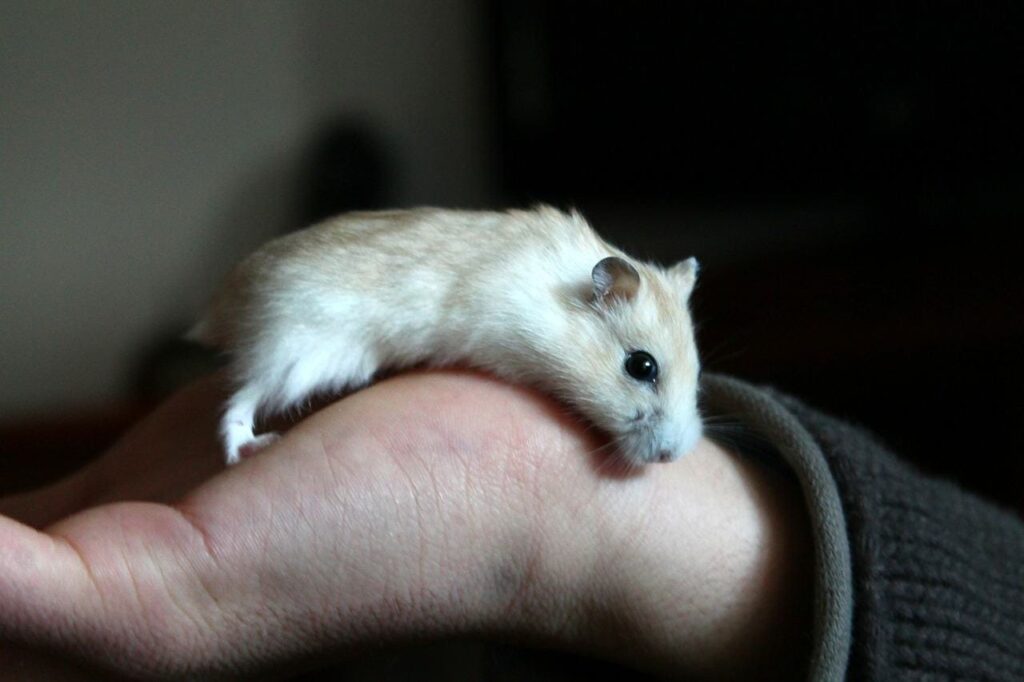
Are Males Friendlier Than Females?
Although sex is not really an indication of friendliness, anecdotal evidence from owners suggests that males tend to be friendlier and less aggressive than females.
Do Hamster Bites Hurt?
Hamsters usually only bite when they’re scared, and rarely is this small rodent an aggressor. While the hamster is small and its teeth may not do as much damage as a larger animal, they are strong teeth and can still cause a little pain. You should certainly discourage a pet hamster from biting.
The 3 Other Common Hamster Breeds
Here are other popular hamster breeds that you might also want to consider keeping as pets.
1. Campbell’s Dwarf
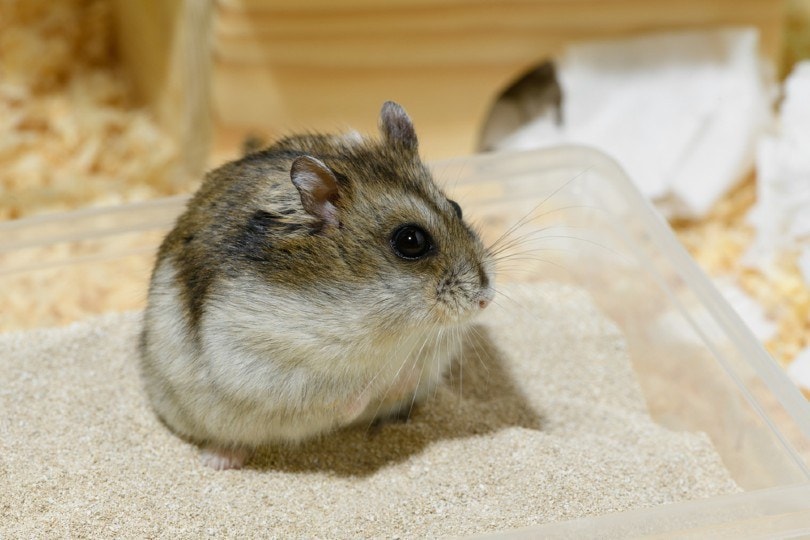
The Campbell’s dwarf hamster is a tiny breed and has the appearance of a small mouse. While most hamsters will live 2 years, this one’s diminutive size means that it has a slightly shorter lifespan of approximately 1.5 years. However, it is timid and will usually form a bond with its owner. Like other sociable hamsters, it is willing to forego its nocturnal habits in exchange for some time on the hand. Their timid nature means that this breed is not considered a good choice for children, however.
2. Chinese Hamster
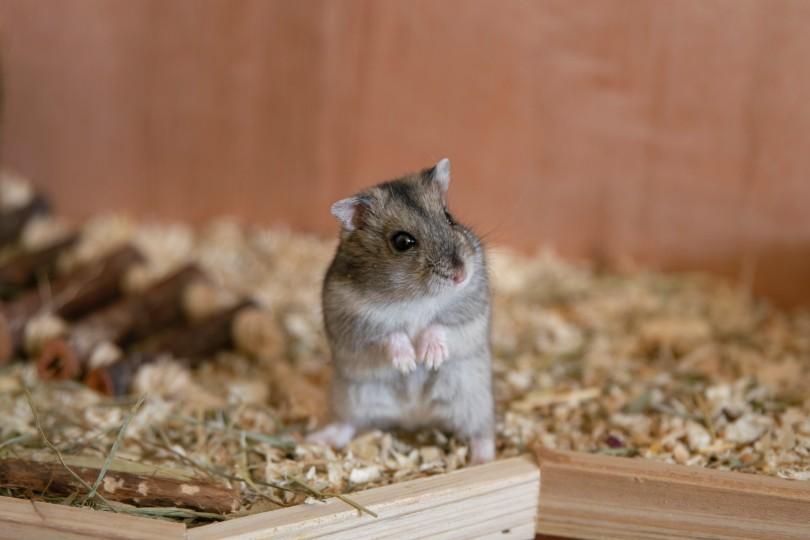
The Chinese hamster is smaller than the Syrian hamster, measuring around 4 inches. They are quick, alert, nimble, and difficult to catch if startled. They also tend to be playful, which makes them a popular pet choice. They are quite friendly. In fact, they can demand a lot of attention from their owners, and if they don’t get it, they can be prone to chewing everything in their enclosure. Be prepared to put in the time and effort with this breed, but know that you will be rewarded for your effort.
3. Winter White Dwarf Hamster
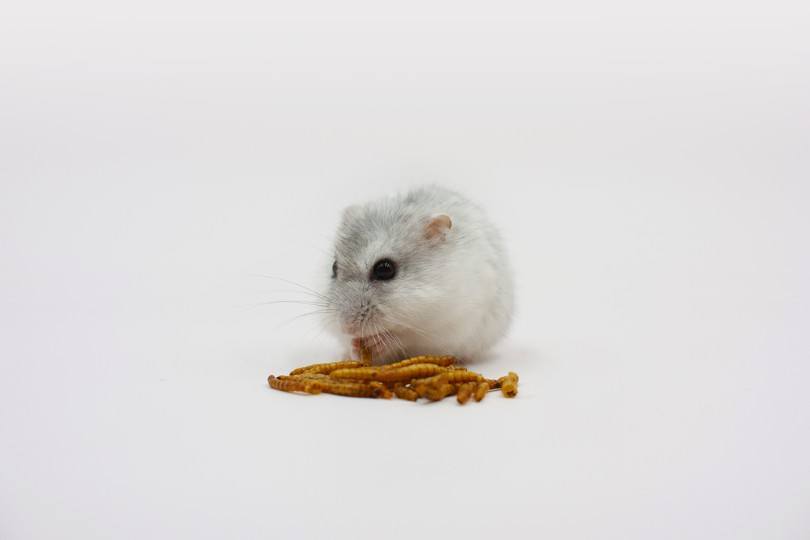
The winter white dwarf is another tiny hamster breed. In the wild, the hamster would have a brown coat for much of the year, but it would turn white in winter. The breed is quick and can be skittish when scared, but it’s a friendly hamster that enjoys being handled, tolerates being picked up, and makes a good pet for the family, albeit with supervision around very small children.
 Conclusion: Which Hamster Breed Is the Friendliest?
Conclusion: Which Hamster Breed Is the Friendliest?
Hamsters are popular pets. They are small, live well in captivity, and are easy to care for. With regular handling, they will also enjoy being picked up, and some of the livelier breeds of hamsters do enjoy playing and spending time with humans. It is the Syrian hamster that takes the accolade of the friendliest hamster, but many other breeds warrant consideration as a potential pocket buddy.
See also:
Featured Image Credit: Mary Swift, Shutterstock
